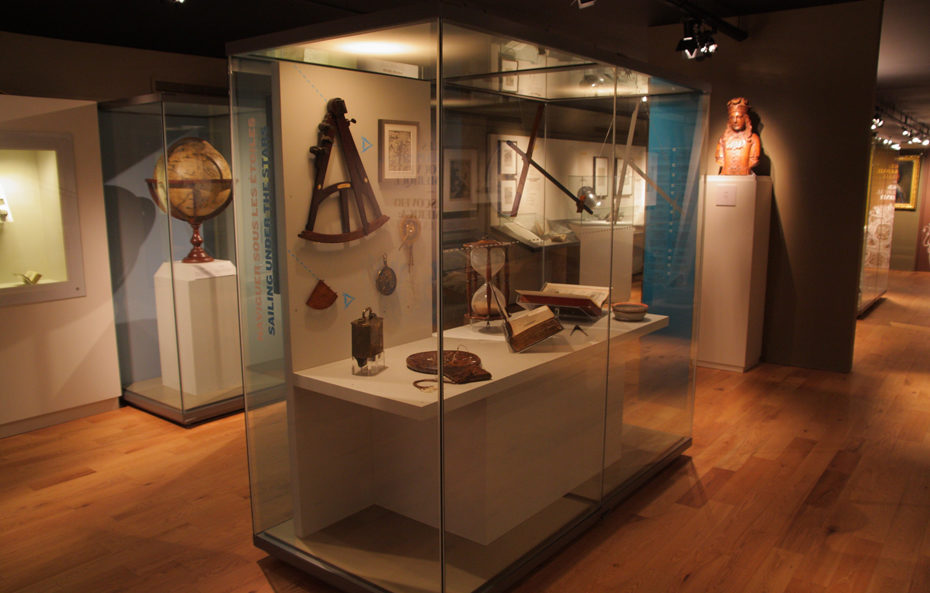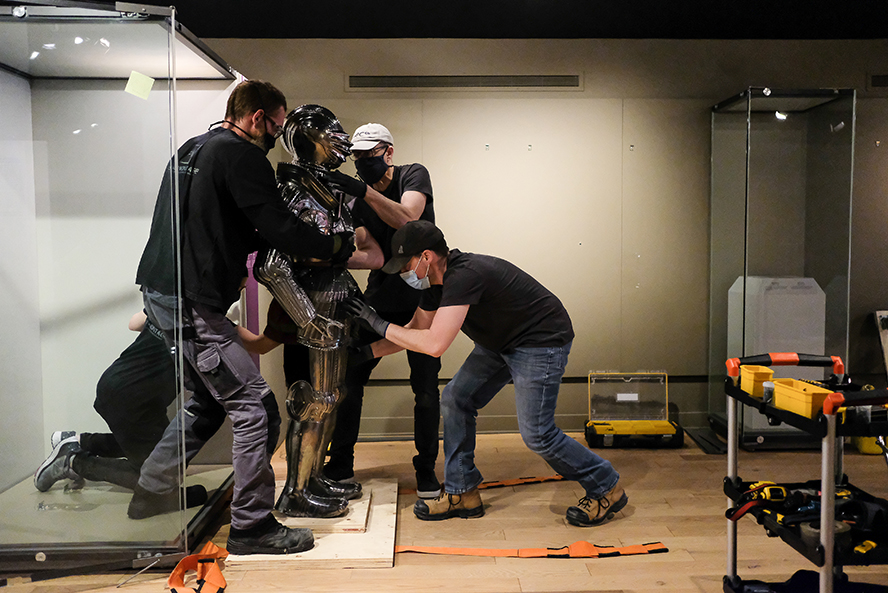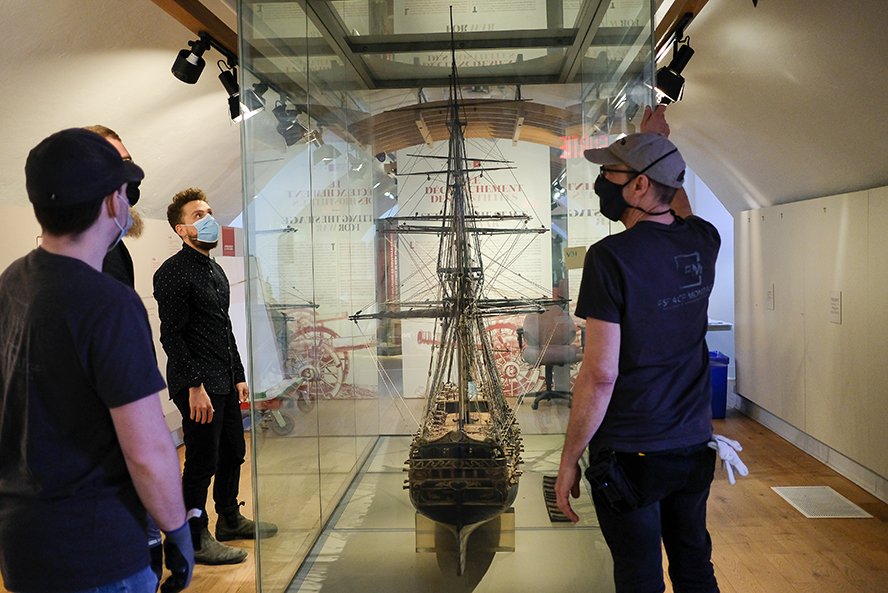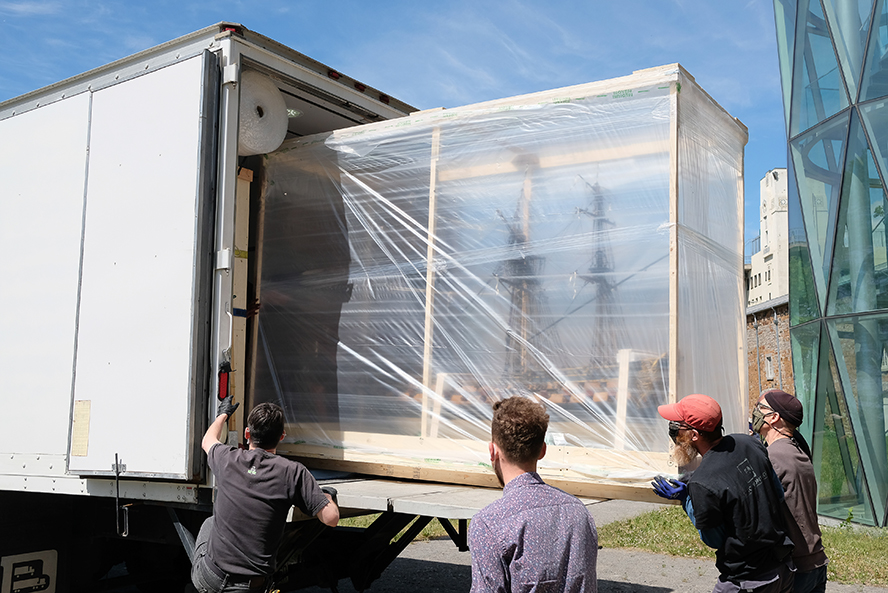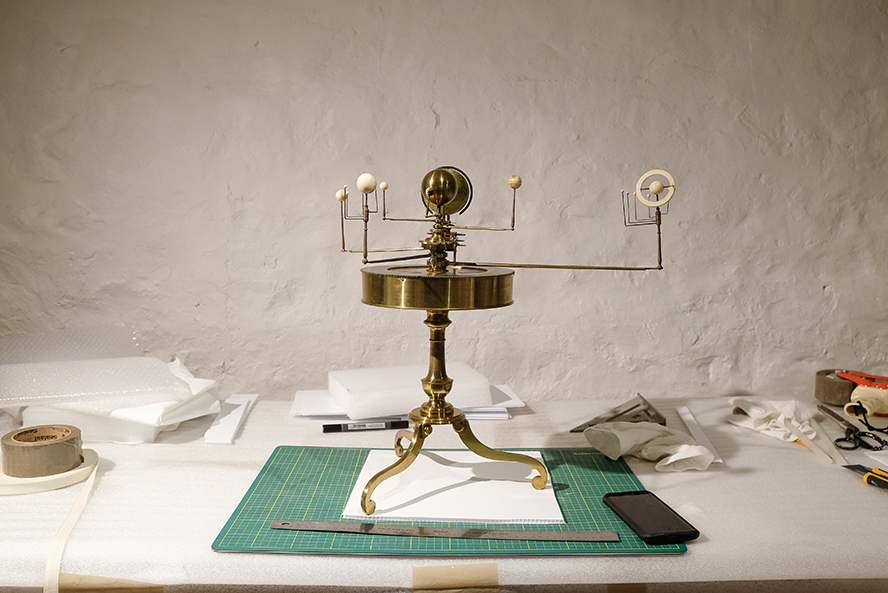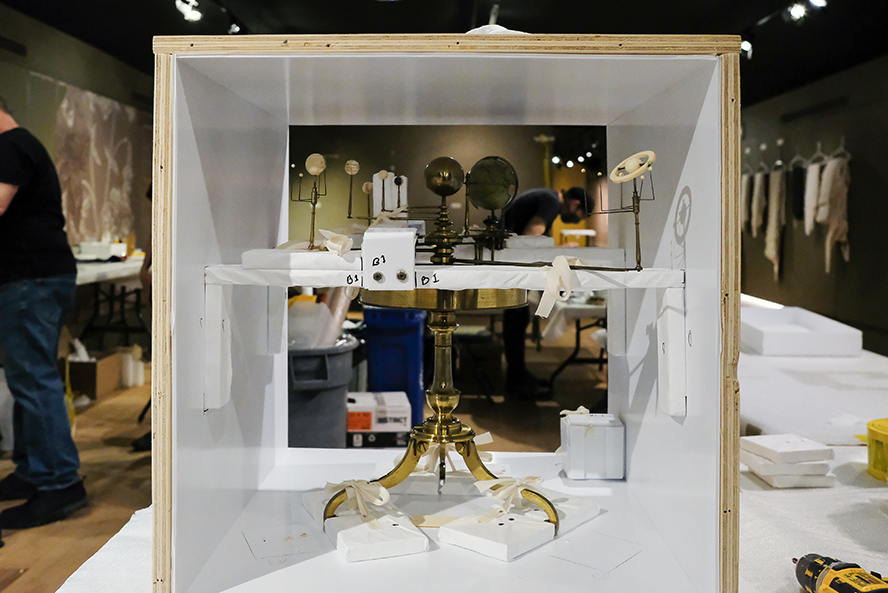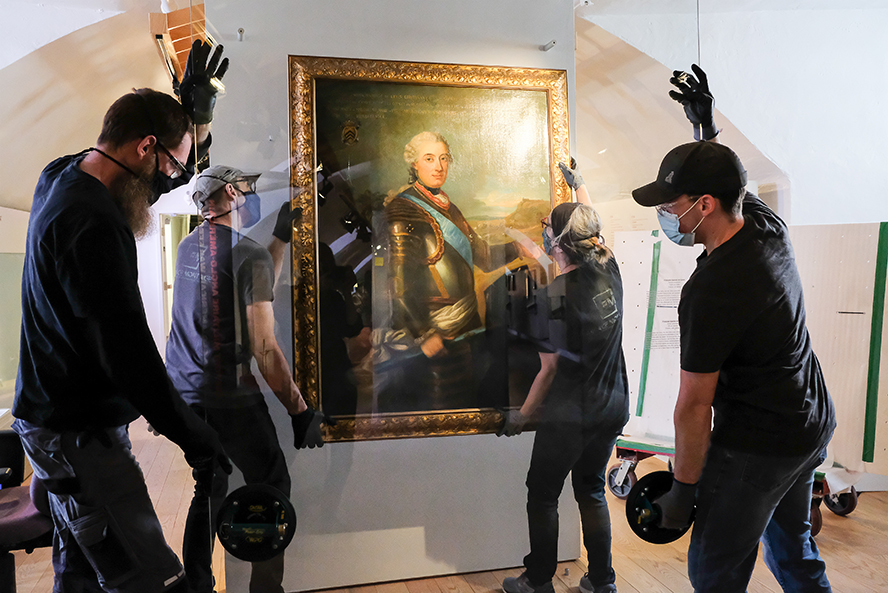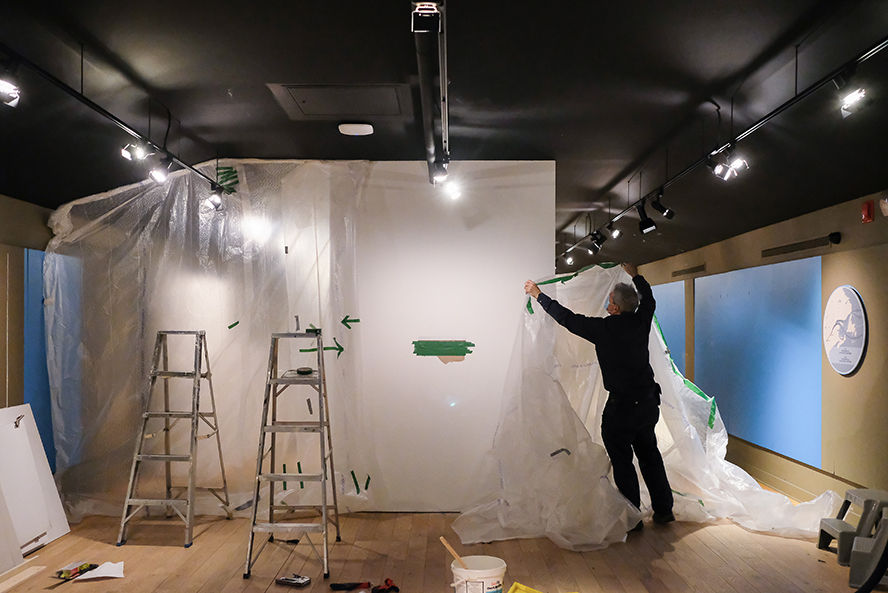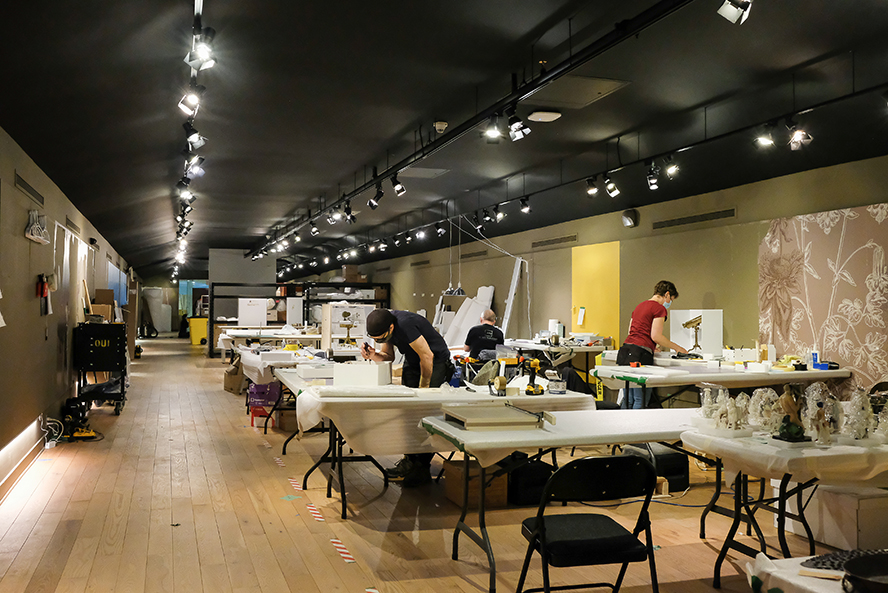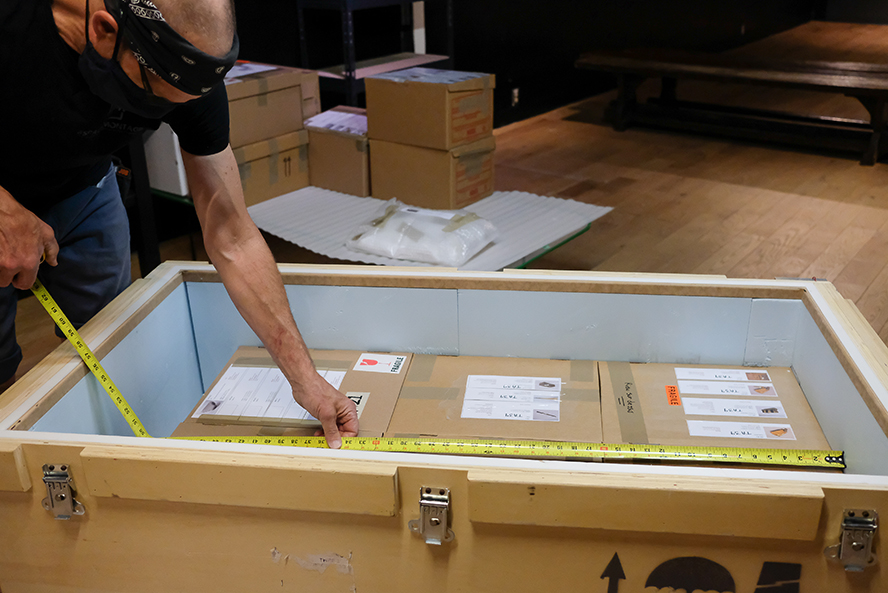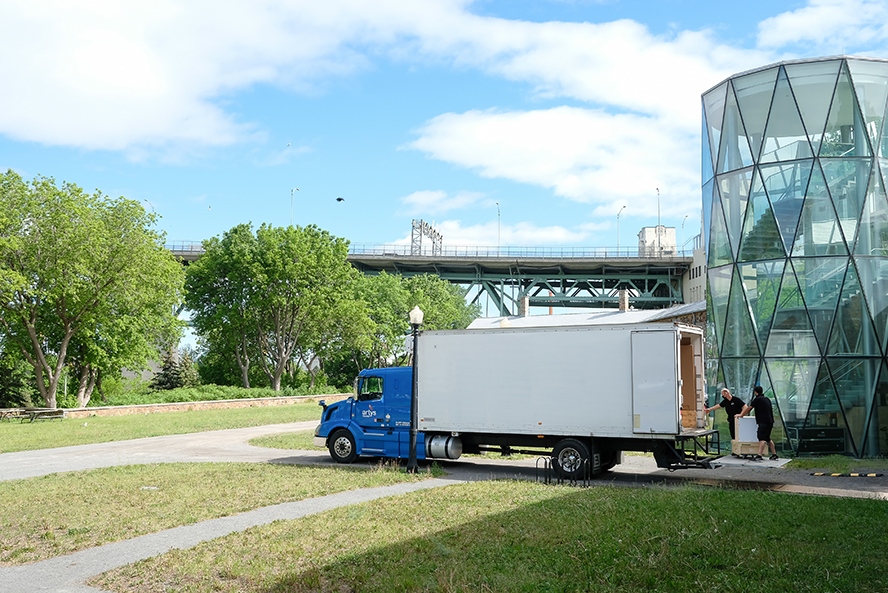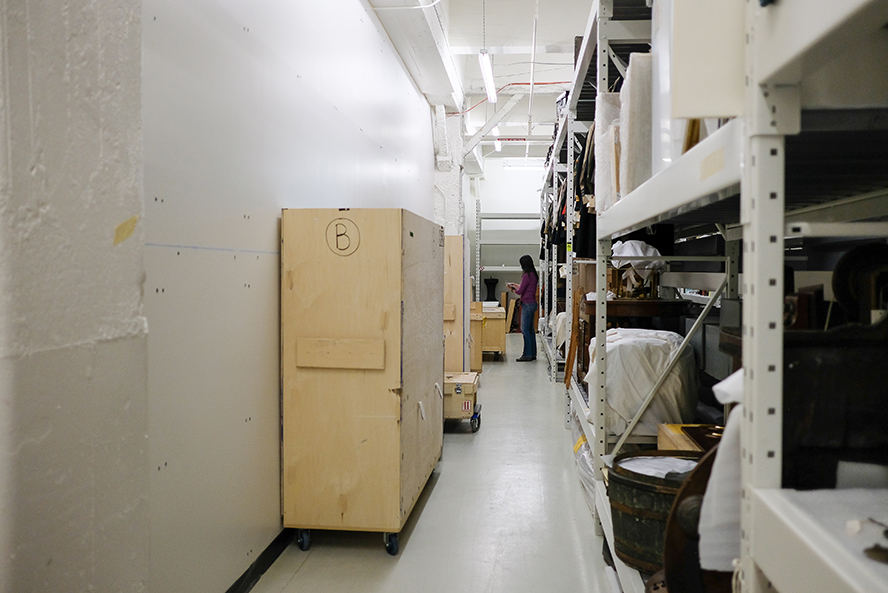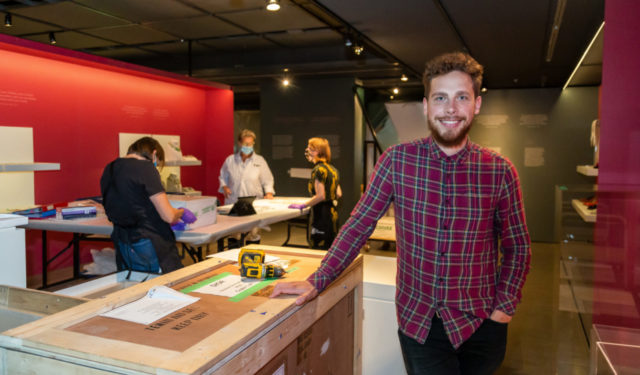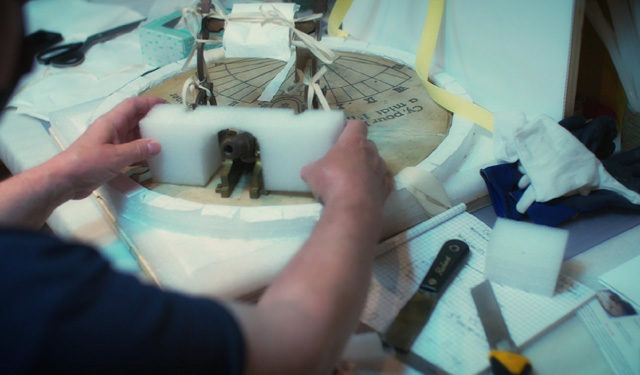Moving the Stewart Museum
The Stewart Museum move: a success, thanks to a huge team effort.
September 1, 2022
In February 2021 the McCord Museum announced the permanent closure of the Stewart Museum. The fusion of the two institutions, originally scheduled to take place over several years as part of the new museum project, was immediately brought forward to the end of summer 2021. As soon as the news was announced, a team was assembled to accomplish this massive undertaking. I was appointed project manager.
When one is put in charge of a museum move one hardly knows what to expect, since there’s nothing to compare it to. One thinks first of the logistical challenge, the need for strict planning, the possible pitfalls, the race against the clock. And I admit that initially this is what the project seemed to amount to. But, to my great surprise, what it ended up being was a lesson in humanity, since it was thanks to the resilience, cooperation and dedication of a handful of individuals that the Stewart Museum collections move was safely accomplished.
THE COLLECTIONS
The Stewart Museum move took place between March and August of 2021. Six months: that’s all the time we had to assess, organize, categorize, pack and transport every single object within its buildings.
A museum move evidently involves the shifting of exhibition furnishings, computer equipment, office furniture, administrative archives, reference libraries, security and studio equipment, and supplies. But first and foremost – and this was the project’s major challenge – a museum move means physically transporting entire collections. This was indeed our main mission: to safely transfer the huge collections belonging to the Stewart Museum to the McCord Museum’s storage facilities, so as to guarantee their continued protection, access and enhancement.
Check out our website to see a selection of objects from the Stewart collections
The first thing on the agenda was to dismantle the permanent exhibition, which consisted of 223 objects from the collections. It was a delicate operation.
Considerable technical ingenuity was required to pack some of the extremely fragile or very large objects, which included a clockwork orrery , an 18th-century model ship and an early 16th-century suit of fluted or “Maximilian” armour.
Once the objects in the permanent exhibition had been packed and the various showcases and stands removed, the galleries were transformed into temporary storage areas, so as to allow larger teams to get to work and to facilitate transport of the artefacts kept in the Stewart’s reserves. Space was a major issue, since the pandemic was still in full swing!
After that, things really began to get going! The objects, once inventoried and photographed, were transferred to the temporary storage area and then carefully packed in preparation for their shipping to the McCord’s reserves.
When a museum collection is moved each object requires individualized care, and it’s hard to anticipate how long this will take.
Read this article to learn more about the process.
During this operation, which took four months, the team had to deal with thousands of objects of all types, different origins and diverse forms, including a collection of 17th- and 18th-century globes, archives from the colonial period, an ensemble of rare books, and numerous military swords and sabres from the arsenal. Without having seen the Stewart Museum’s storage areas, it’s hard to imagine the scope of the task that faced the teams charged with preparing the move. The efficiency with which they pooled their efforts was the key to the success of this marathon of identification, packing and transport.
EVERYTHING ELSE
In the meantime, we had to decide on the fate of everything that was not part of the Museum’s collections in accordance with the sustainable approach we endorse, which meant keeping the number of items to be recycled or thrown away to the absolute minimum. Taking advantage of organizations such as Écoscéno and Les Anciennes troupes militaires de Montréal, we were able to redistribute a large proportion of the educational material, exhibition furnishings and décor elements. Everything else was donated to communities and individuals.
Even Marcel, the stray cat who had been living in the Stewart Museum’s courtyard for several years, was found a loving new home.
COMMITMENT AND RIGOUR
It was finally at the end of August 2021, after the transfer of the 14,000 objects included in the Stewart Museum’s collections stored on Île Sainte-Hélène and the distribution of everything else the building had contained, that the keys were handed over to representatives of the Société du parc Jean-Drapeau, marking the institution’s official closure.
Dozens of people played a part in the colossal moving operation, but it was the exemplary work of just a few individuals that lay at the heart of its success. These include the team from the McCord Museum’s Collections Management department, who undertook the inventorying and tracking of the collection’s thousands of objects with unflagging rigour, the technicians working for the museological firm Espace Montage, who were responsible for the packing and handling of the Museum’s collections, and, most importantly, the Stewart’s team of technicians, true guardians of the institution’s secrets, who despite the impending loss of their jobs guided and supported us until the very last day.
The closing of a museum is never a happy occasion, especially when it is one that has helped showcase an important example of built heritage like the military complex on Île Sainte-Hélène. But despite the unfortunate circumstances, the move has allowed us to rediscover, down to the smallest detail, the extraordinary wealth contained in the Stewart Museum’s collections, whose protection and dissemination are now assured.

